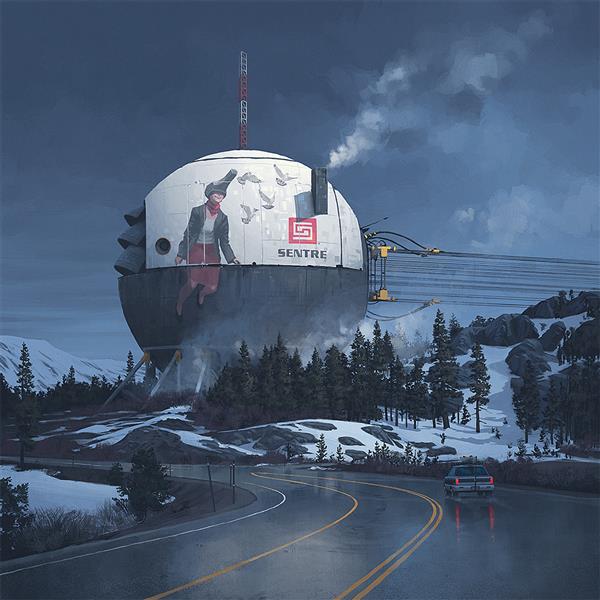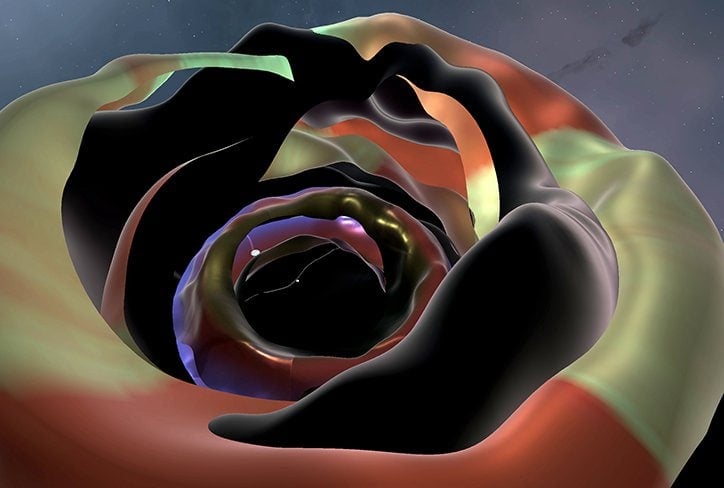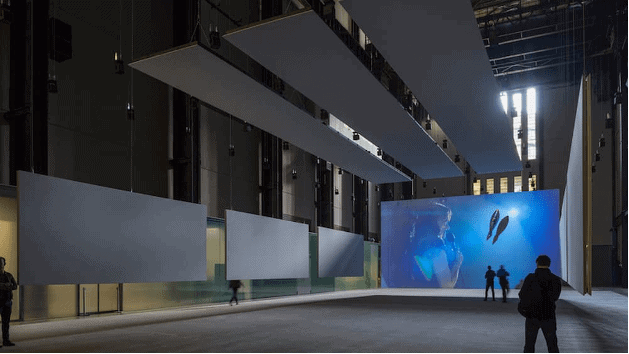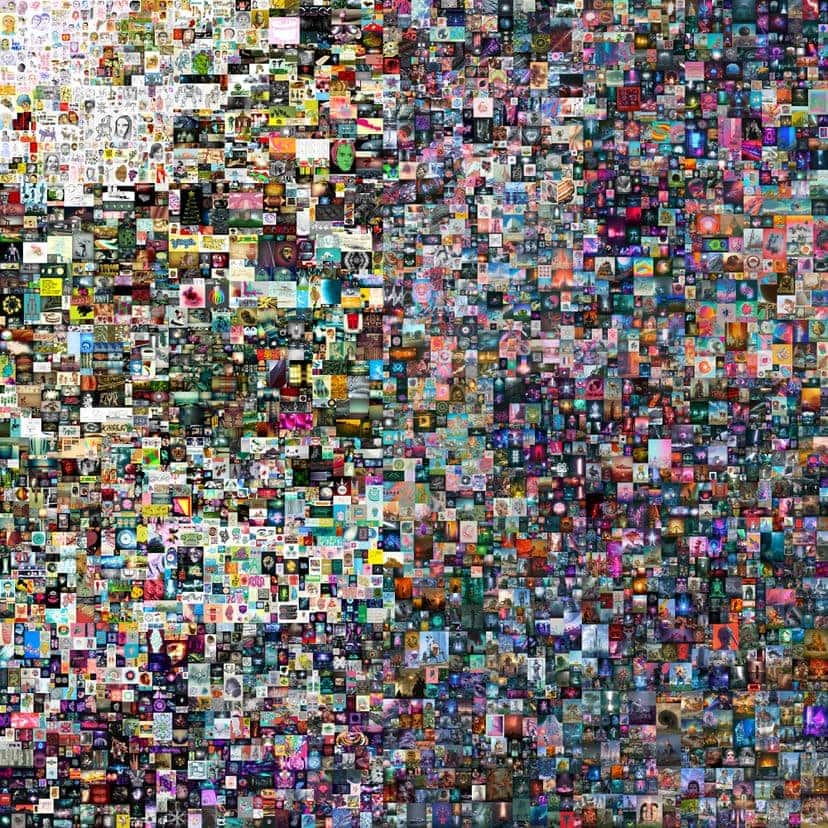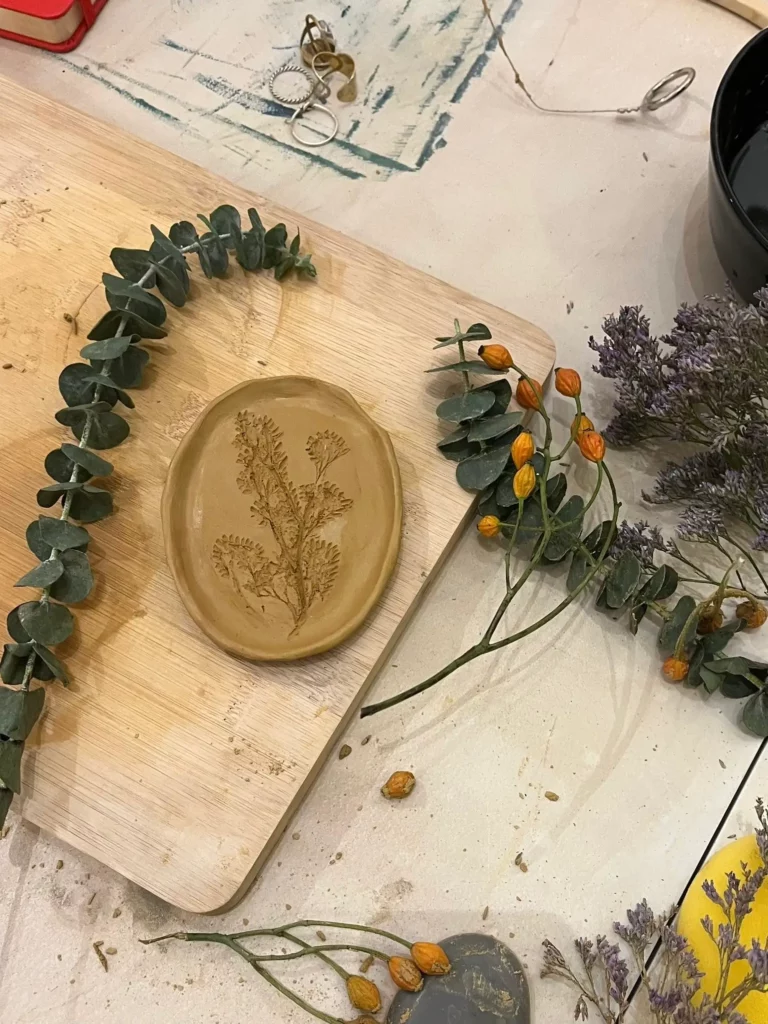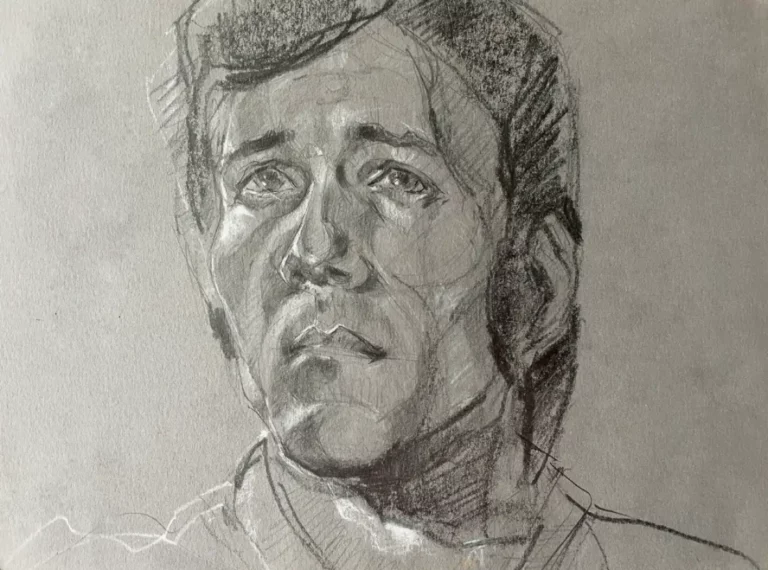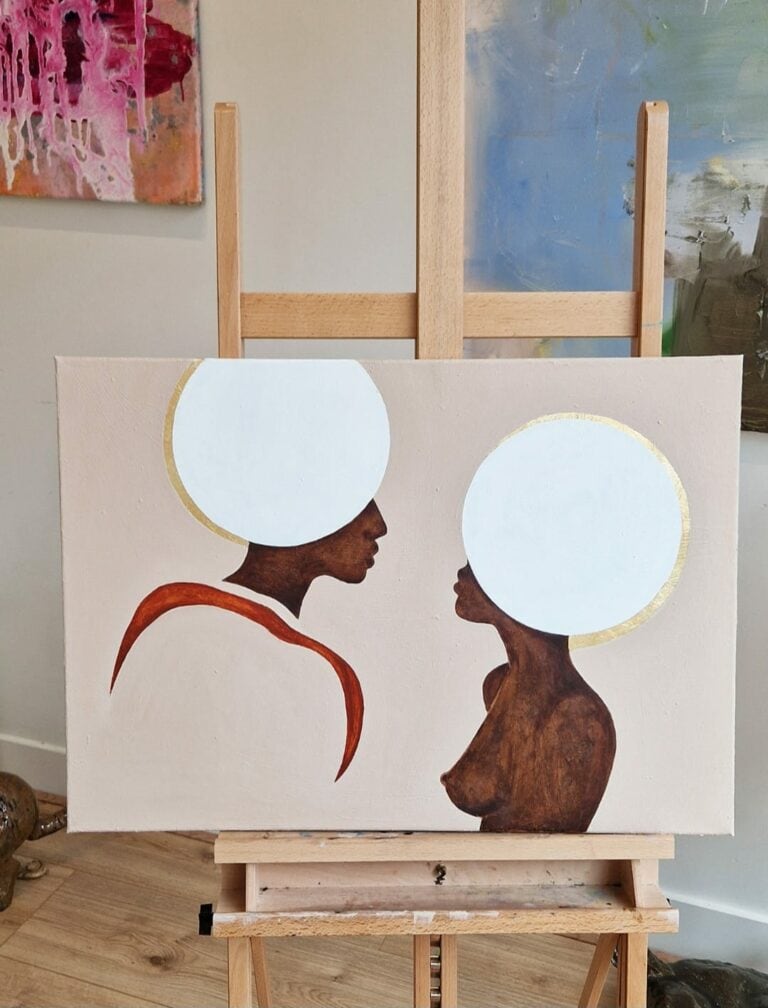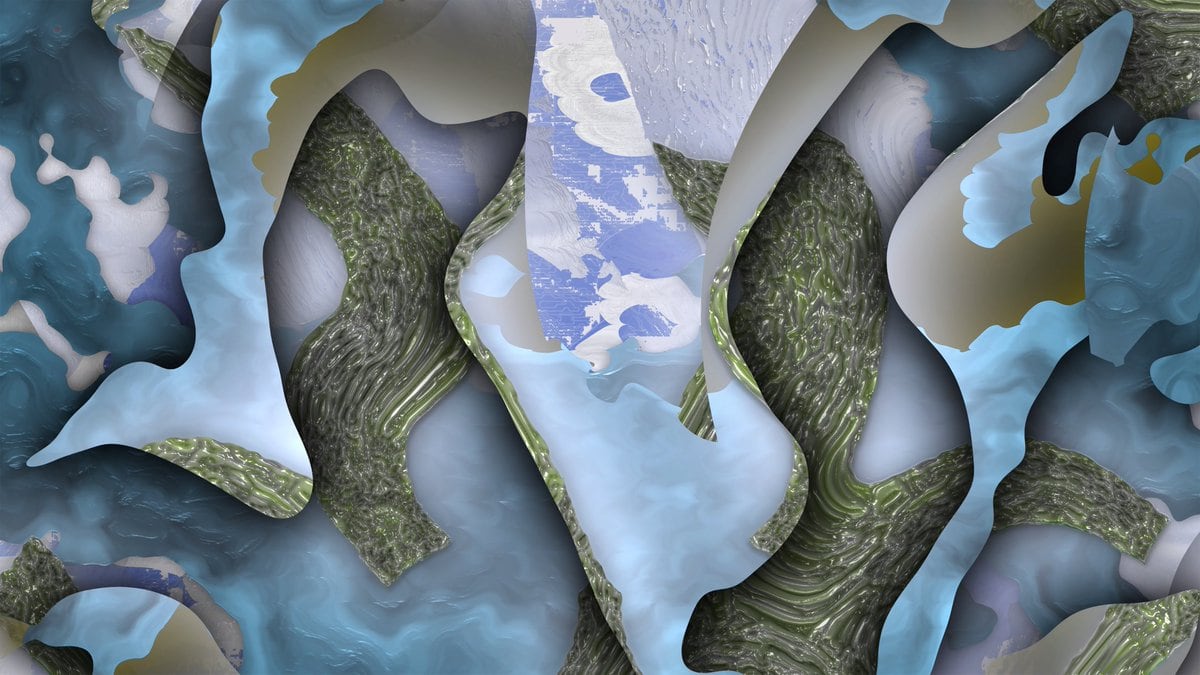
8 June 2021
Digital Art: from concept to reality
Is digital art really a threat to the supremacy of the traditional Institution of Art? This is a question that emerges in front of the vertiginous growth of the universe of Digital Art in the last fifty years. Some “nuances of fear” may arise in front of the feat that means that being such a novel language, it is breaking in such a scandalous way the standards that conventional art took centuries to achieve. Our modernity is a maelstrom, yes, and art is not on the fringes of this. If we want to understand the rise of digital art, we will have to dig into the solutions that modern human beings have been giving to their infinite creativity and ambition, which exceeds a tangible world, increasingly finite.
Technological development has meant the ideal tool for the expansion of humanity in its most diverse forms. Consequently, art as an indigenous expression of human beings has found a considerable variety of lines of work in the digital space. Not without its discrepancies, like everything that questions and destabilizes pre-established models, digital art has undoubtedly added value and has become a fundamental element in the knowledge economy. We will try to explain the fundamental features of this artistic manifestation. For this, we will start by saying that, as one of the favorite languages of millennials, digital art has acquired many of the characteristics of this generation during its development.
Context of Digital Art
There are a series of factors that allow us to detect generalized behaviors among the millennial generation, to which most of today’s emerging artists belong. The Internet is their fundamental means of expression, and therefore the instrument that facilitates globalization. The widespread use of this platform has facilitated a revolution in education and communication mechanisms. This translates into a context that fosters great freedoms and opportunities and with it the consolidation of an autonomous, entrepreneurial and narcissistic generation par excellence. We will see bloggers compete against the written press, YouTubers against studios, or application designers against entire industries. All this has its duplication in the art world. Gallery owners, curators, collectors, artists, and producers take advantage of the digital field, to put in check the conventional artistic institutions – say museums, salons, fairs, or galleries -, that monopolized the tastes and the trends on the art market.
Mirror Mirror, by John Maeda, c. 2006
What is Digital Art?
Within the field of visual arts, we call Digital Art those visual expressions whose raw materials of production or their means of reproduction, or both elements at the same time, are computer and digital technology, at least in a considerable percentage. The medium defines this manifestation and not the visual aesthetics, the theme, or the message itself since these elements within this modality will be as diverse as in fine arts in general.
The concept of Digital Art is quite broad since it includes all artistic work made through computer technology: translation of mathematical information encoded in discrete and binary signals. This system allows the creation of alternative multi-universes, that do not need to be developed on physical supports. Then, a work of digital art is the result of the use of software, generated in turn through programming techniques. These operating systems serve as instruments to create graphics and recreate parameters such as light and space. This definition, subject to constant discussion and controversy, allows the most diverse creations to be classified as such, an example of which is video games.
The Electric State – Simon Stalenhag, 2017
Some of the polemic points about Digital Art
All this creative freedom that the virtual universe fosters, leads to a movement questioned for abusing the transcendentalism of digital pieces, whose relevance lies in the novelty of the medium and not in the solid analysis of its quality. Digital artists have been generating an extensive corpus of works, at a speed that exceeds criticism. It seems that quantity imposes assimilation. On the other hand, training is totally alternative for the digital artist. The academy does not have a crucial weight within virtual art, which distinguishes between being a Bachelor of Art and being an Artist. In turn, the latter produce many of the most significant situations in contemporary art, through self-management. It is from this context that Digital Art establishes its own language and operating system, while, as we have seen, it is the medium and its already consolidated dynamics that will define it.
Nude Descending a Staircase, by Shigeko Kubota, c. 1976
The beginnings of Digital Art
Images and sounds have been digitally modified since the 1950s. Although considerable technological limitations still existed at that time, many artists were already attracted by the new range of possibilities offered by these new media, with which they could expand their creative field. However, the assimilation of the concept of digital art can be understood as an organic process that has been arising since the deconstruction of the creative exercise of artistic work. The phenomenon dates back to the late nineteenth century, with the incorporation of photography into the field of Arts.
The first exhibition of graphics generated by electronic equipment took place in 1953, at the Sanford Museum in Cherokee, Iowa (USA). For their part, specialists have used the term Digital Art since the early 1980s, with the creation of a painting computer program that would manage one of the most relevant figures and pioneer of this manifestation, the English artist Harold Cohen (1928-2016). The program, called AARON, was a robot that was programmed to execute large drawings on sheets of paper. Other names for this phenomenon have been Computer Art and Multimedia Art.
Follies Still, by Sara Ludy
Types of Digital Art
There are several criteria to classify the different variations within Digital Art. Among these, we can find the support they use, as well as the theme or branch within the visual arts that they develop. Some of the most established trends are:
• 3D modeling: Through specialized graphics programs, 3D structures and designs are created
• Digital Sculpture: Derived from the previous one, with the use of software, three-dimensional sculptures are created that are exhibited in a virtual space. This is one of the trends that has led to the most experimentation within digital art as a style.
• Airbrushing: This mode is used to colorize images, retouch celluloid positives and negatives, hide the joints of collages, add elements, and remove unnecessary defects or backgrounds.
• Pixel Art: The images are intervened at the pixel level with the help of editing programs that allow the images to be deconstructed in detail, through raster graphics or bitmaps.
• Typographic Art: This trend uses text animation or word design to dynamically and creatively communicate the printed word.
• Vector Art: From lines and points on a virtual map, vector graphics and designs are created, which can be modified without damaging the quality of the image.
• Generative Art: The artist modifies and establishes a series of elements in specific computer programs, with which he or she will create the artwork. This technique is widely used in cut-up literature, fractal art, and electronic music.
• Fractalism: Fractal art is directly linked to mathematics and geometry, based on the concept of fractal itself. Fractals refer to the constant and infinite repetition of self-related geometric patterns, that is, a portion is identical to the whole. Mathematician Benoît Mandelbrot coined the term in 1975. He also defined three types of fractals: exact self-similarity, quasi-self-similarity (similar but not identical copies), and statistical self-similarity (the fractal has statistical dimensions that are preserved with variation).
• Net Art: Also known as net.art, this trend creates artworks specifically for the Internet and the central theme is the network. It is a complex communication system that includes sounds, images, texts, and animations, and where interaction with the user is essential.
• Interactivity: This type of art offers a wide variety of development possibilities since it encompasses digital works that are reproduced and disseminated only virtually and digital works that can be represented on conventional physical supports. These are interactive installations with an open structure, where the viewer actively participates in the construction of the work.
• Photography and digital imaging: Vector graphics software and a graphic table are used to create digital images directly on the computer, or based on drawn images or scanned photographs.
• Gif Art: This is a trend within animated images that has been gaining popularity since 1987, and together with memes, they result in pieces with high diffusion and traffic. These are images of short movements that are repeated infinitely.
• Digital Poetry: It is based on a set of metaphorical images that are displayed on a surface through projectors, and aim to build a visual poem.
Anywhen, by Philippe Parreno, c.2017
Cryptoart – NFT
Non-Fungible Tokens (NFT) are the phenomenon that has resized digital art. Until 2012, all digital artworks fell into a complex copyrighting loophole, circulating infinite times on the network, in infinite copies, without being able to efficiently control the authority over them. However, blockchain technology (cryptocurrencies such as Bitcoin use this) has come to take a substantial turn on this matter. Such a tool allows tokenize any work of digital art, and in this way, it becomes a rare, exclusive good, without losing its transferable and reproducible quality. This translates into a certificate of authenticity, which provides platforms with advanced properties for Smart Contracts, like Ethereum, Tron, Eos, Tezos, or Solana.
Thanks to these technological advances, the doors are now open for the auction and collection of the most diverse digital files, through virtual platforms. Artists and producers then generate great advertising and commercial milestones around this field, where the aesthetic value does not prevail. In this way, these phenomena challenge the supremacy of the establishment of the Traditional Art System. A digital artist like Mike Winkelmann, known as Beeple, becomes one of the three most commercially successful living visual artists, selling his digital work Everydays: The First 5000 Days, for 69 million dollars. At the same time, specialized critics postulate that under the formal criteria of traditional art said artist would not have achieved such repercussion.
Everydays: The First 5000 Days, by Beeple, c. 2021
New language, New skills and New possibilities within the Digital Universe
The novelty of the medium has finally generated a predicted controversy. However, digital artists are acquiring the necessary tools to validate their art within virtual reality. Multidisciplinary communities promote the development of computer skills for creators, where it is no longer necessary to master the techniques of classical painting to materialize an idea. Platforms such as Medialab, Arduino, Processing, and Open Framework function as academies that, in analogy to Fine Arts schools, offer coding or electronics workshops for the training of digital artists.
The digital universe has been a revolution for the development of art: artists can spread their artistic work without intermediaries, they can choose their own audience and they can build their own curriculum based on the impact on their virtual community. On the other hand, art and artists find other financing and conception mechanisms, such as crowdfunding (collective financing sponsorships). There are also interactive organizations, among which we can mention Creative Commons, where the public has the power to intervene in projects of their interest, without affecting copyright. In these circumstances, it is the conventional hierarchies (museums, galleries, and others), and even established artists that most frequently go to digital spaces to maintain a certain audience and preserve their status.
Digital Art and Virtual Reality
Digital art has become the ideal space for criticism and resistance, where artists create networks within the guild. At the same time, creators are increasingly intertwined with consumers. They get to consolidate spontaneous movements, sustained many times through self-management and barter as alternatives to fiat money, which comes to represent the establishment. This technology that favors information and knowledge, freedom of communication, is a tool that in the hands of digital artists is a powerful instrument. Furthermore, it highlights its attribute of being autobiographical, as it leaves traces of the entire creative and dissemination process.
Unlike what happened in the 1990s, the digital space is not only a place of experimentation, where the art that emerged from this medium later had to be legitimized in physical institutions. The network is a generator and validator, our reality has expanded into two parallel and simultaneous universes: the tangible world and the virtual world. Between both establish relationships, alliances, and positioning strategies, while virtual reality allows globalization at a speed unattainable by physical reality. Precisely, this quality allows virtual reality to take the lead in the race for assimilation by the public. However, they are not rivals. Digital art, the internet, does not intend to establish itself as unique and exclusive, but rather they come to add and enrich the sensory experience that is artistic creation.
By Rocío de Lucía
Get inspired with our available Digital Art collection.
Related Posts
Art Events
Bloom into Spring with our Flower Press Ceramics Workshop
Discover the beauty of flower-pressed ceramics in this hands-on workshop! Over two captivating hours, you'll learn to create a unique hand-built plate using dried blooms and other natural elements. Whether you're a beginner or seasoned artist, Lorena will guide you step-by-step as you explore this enchanting decorative technique.
Art Events
Portrait Drawing Masterclass: explore lines, shapes and expression
I’ll guide you through some basics of creating a portrait using pencil and some other additional materials. What is really important for you to learn is to observe and pay attention while drawing someone’s portrait. As an academically trained painter I spent countless hours improving my portrait drawing skills, which I will be very happy to share with you. Knowledge has no meaning, if it’s no shared.
Art
That’s Life – Annet van Belkom
In her newest series, That’s Life, Annet draws inspiration from the song ‘That’s Life’ by ‘Scorz’ to express the idea of life happening in cycles. The introduction of the electronic music track is accompanied by a beautiful story about life and reflects on the idea of who we are as humans and the continuity of […]





